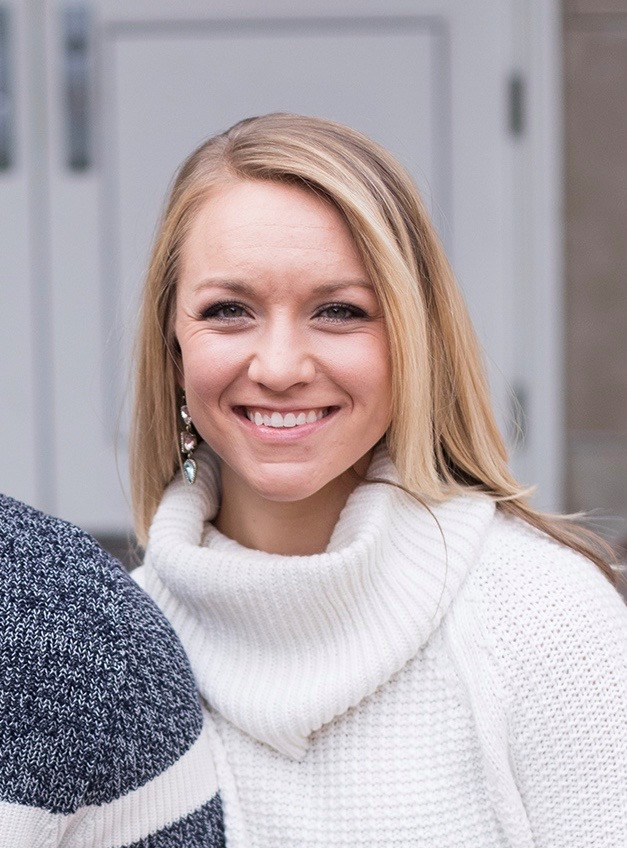Sometimes sticking to a new habit feels like trying to recreate your grandmother’s famous cookies: impossible without the secret ingredient. No matter how many different recipes or techniques you try, you just can’t seem to get it right. But unlike grandma holding out on you, sticking to new habits is possible. And while there’s no secret ingredient, there are strategies you can use that can make sticking to new habits a bit sweeter. Cue habit stacking!
Habit stacking is an effective method used to make new habits become a regular part of your routine by "stacking" them around things you already do. Developed by BJ Fogg, Ph.D., the founder of the Behavior Design Lab at Stanford University, the formula is simple:
After or before I do something (current habit), I will do something else (new habit).
Or it might look like:
After I do something (current habit), but before I do something (current habit), I will do something else (new habit).
Whether you’re tacking on a new habit at the beginning, middle or end of your current routine, building these new habits into an already seasoned schedule makes you more likely to be successful at sticking to them long-term. In an excerpt from his book "Atomic Habits", author James Clear explains that the science behind habit stacking has to do with a process in our brain called synaptic pruning. Clear states, "Synaptic pruning occurs with every habit you build. {...] Your brain builds a strong network of neurons to support your current behaviors. The more you do something, the stronger and more efficient the connection becomes."
Habit stacking can work for small goals, but it can also help you with achieving bigger, long-term goals. Let’s say, for example, that you would like to lose 15 pounds over the next six months. You can use habit stacking as a way to build actionable steps for achieving your weight-loss goal. During the first few weeks into your six-month timeframe, your habit stacking could look like:
- Each morning before I get in the shower (current habit), I will step on the scale and write down my weight (new habit).
- While drinking my morning coffee (current habit), I will plan out my healthy meals for the day (new habit).
- I will go for a 10-minute walk outside (new habit), before I take my lunch break (current habit).
Before you know it, the new habits above will become such a regular part of your routine that you won’t even consider them new anymore! Then, you’ll be ready to add on.
- Each morning before I get in the shower (current habit), I will step on the scale, write down my weight (current habit) and write down one thing I am proud of myself for achieving yesterday (new habit).
- While drinking my morning coffee (current habit), I will plan out healthy meals for the day (current habit) and then practice five minutes of meditation (new habit).
- I will go for a 10-minute walk outside (current habit) followed by 10 minutes of stretching (new habit), before I take my lunch break (current habit).
Next thing you know, you have built your own set of daily healthy habits to help lead you to your long-term goal.
Successful Habit Stacking
While the idea of habit stacking seems straightforward, there are a few key things to consider before you begin building your new routine. Clear says picking the right cue (or current habit) and being specific about your new habit will both be crucial pieces to your success.
If you are trying to incorporate something new into your morning routine every single day, you probably won’t be very successful if you choose to pair it with a cue that only happens once or twice a week. Similarly, if you are trying to add a mindfulness practice during your lunch break but you sit in a noisy cafeteria, it might be really difficult to concentrate. Really take the time to reflect and choose cues that align best with your new habit.
You can also set yourself up for success by eliminating the guesswork. Being specific about your new habit leaves little room for error. If you want to plan your healthy meals while you drink your morning coffee, but struggle with consistency, consider making the habit as specific as possible:
While I drink my first cup of coffee of the day, I will sit in my favorite chair and write out my breakfast, lunch, dinner and snacks for the day.
Not only have you identified your cue (first cup of coffee) and your new habit (meal planning), but you have also identified where you will do it (your favorite chair) and the exact meals you will be planning.
Now that you have a new tool to help you develop and implant new habits, let’s give it a go! Start by listing out things that you do every single day, such as waking up, brushing your teeth, showering, getting dressed, et cetera. Of all the habits listed, which ones align best with the new habits you want to practice? Consider jotting down your new personal habit stacking formula and don’t be afraid to revise it as you go. It won’t be long until you’re habit stacking your way to achieving your goals!













